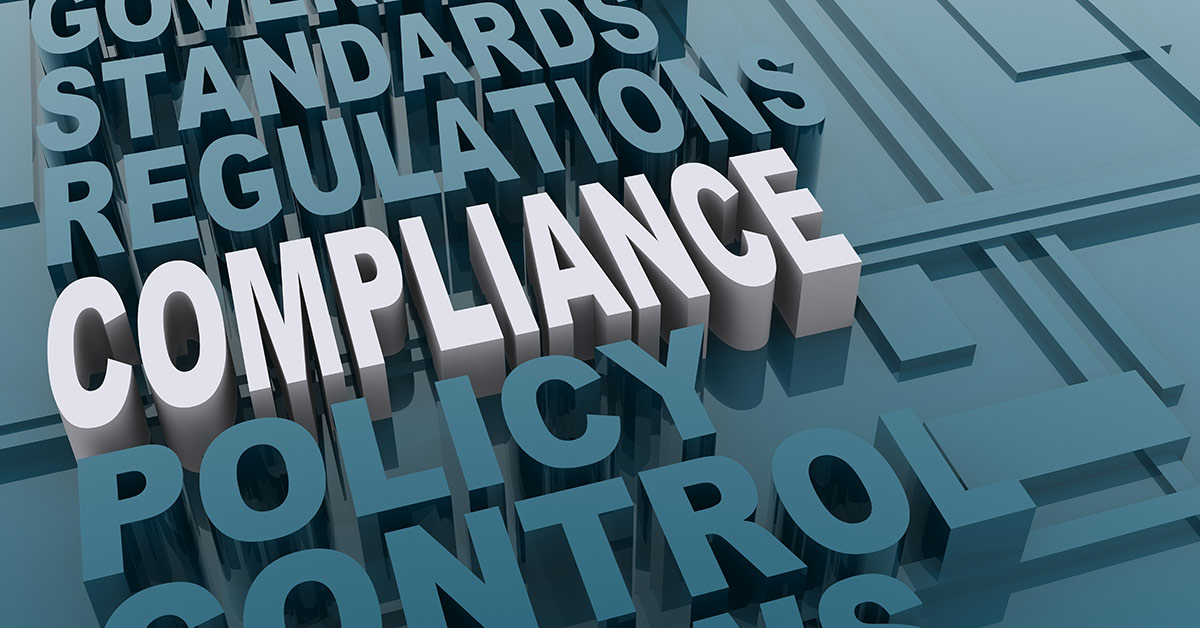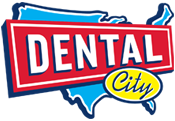
As most of you are likely aware, the EPA ruling requiring amalgam separators be installed in all dental office has been put into effect after a six-month postponement. As you’re readying your office to comply with this regulation it’s a great time to ensure your overall EPA compliance is up to date.
Dental offices handle many potentially hazardous materials outside of mercury, including pharmaceuticals and biological waste, which requires proper storage and disposal. The federal (EPA) regulations that most dental offices follow can be found in the Resource Conservation and Recovery Act (RCRA), which lists the requirements pffices must follow for proper management and disposal of hazardous and non-hazardous materials to reduce waste and increase beneficial reuse. The EPA maintains a “cradle to grave” policy that states hazardous material must be closely tracked from creation to disposal.
And it’s important to note that although the RCRA is a federal ruling, it is executed on the state level in most cases. DentisyIQ provides a useful tool for understanding how your state carries out this act that includes permit forms, contact information and other helpful tips on following the regulations.
You can do your own research on the regulations laid out in the RCRA if you have questions, but perhaps the more practical route is to simply understand some basic guidelines to adhere to in your office and then to team up with a professional trained in keeping dental practices compliant to answer questions you may have and alert you of any major changes in regulations you’ll need to adhere to.
Some general guidelines to follow are:
- Have a general idea of how much hazardous material your office produces and what those substances are (mercury, sharps, film developer, etc.)
- Keep track of where hazardous material is produced, where you store it, and when (and by what method) you are disposing of it
- Perform regular checks on various disposal systems to ensure that nothing needs repair or is out of date
- Never store more than 2,200 pounds of hazardous material on-site at any time
- Dispose of hazardous waste through professional hazardous waste management company—never down the drain or in your regular trash
- Make sure any new staff members are educated on what they need to do (or not do) for compliance
If you apply these six tips to your daily practice operations and combine that with annual compliance training and professional disposal services you will greatly reduce your risk of a violation. This ensures that you avoid potential reputation-damaging or legal consequences and provide patients with a safe and comfortable environment to receive treatment in.

